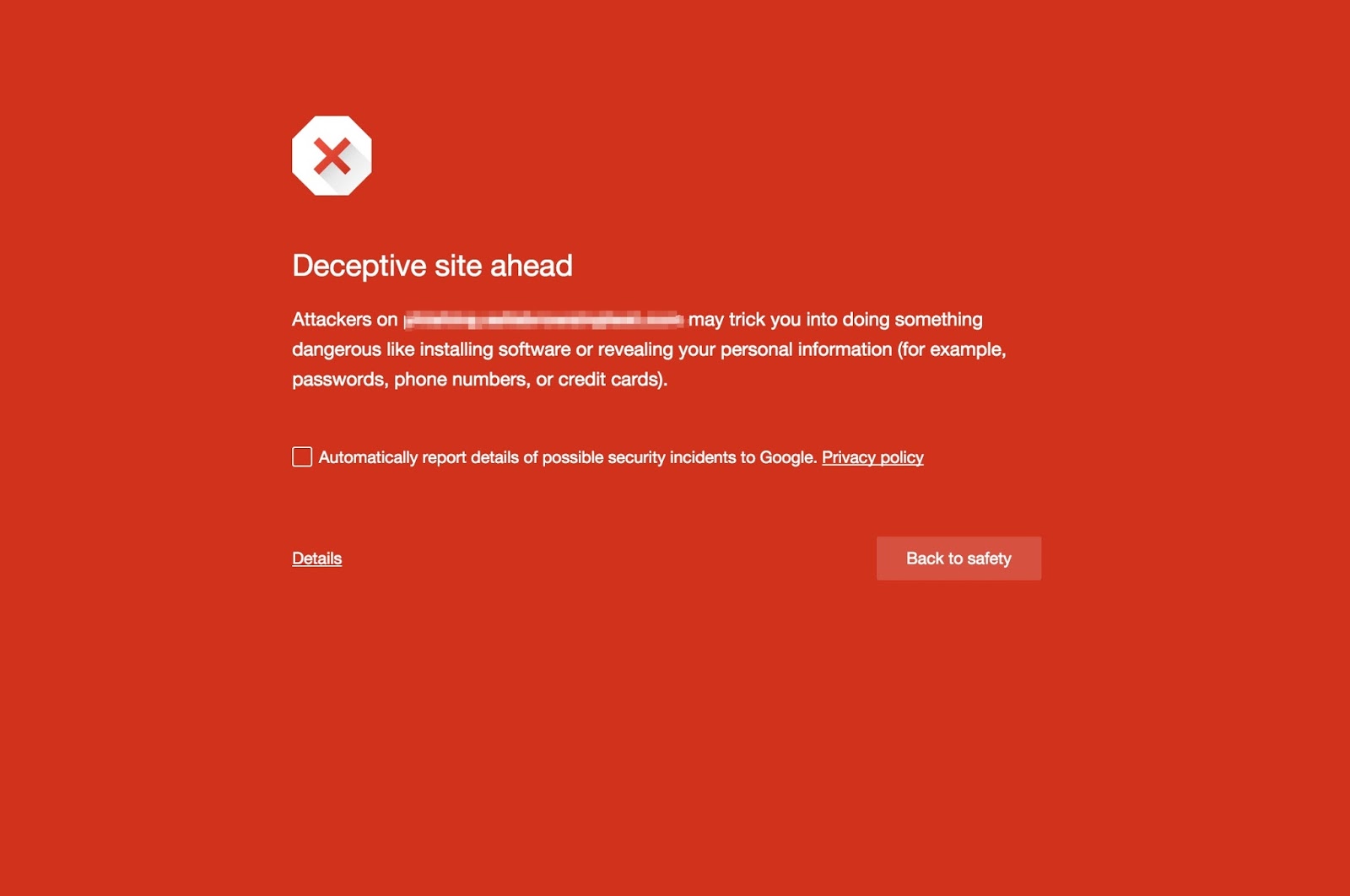Deceptive Site Ahead: Google to warn about fake buttons
Google announced yesterday an addition to the company's Safe Browsing technology (Deceptive Site Ahead) that will flag sites with deceptive buttons to users of the company's Chrome web browser and in other programs that make use of Safe Browsing.
Deceptive buttons, either in the form of advertisement displayed on a page or embedded directly on a page by the owner of the site, come in many forms.
These buttons may display actions to download, update, install or play on a site they are displayed on, and are usually accompanied by a notification-type message that makes the action seem important.
Basic examples are actions to install software to play media on a page, or download buttons that don't download the software hosted on the site but unrelated third-party offerings.
Deceptive Site Ahead
The new "deceptive site ahead" message appears in the Chrome web browser instead of web pages if Google considers the site to be "social engineering" due to the use of content that tries to deceive users who visit it.

The message reads:
Deceptive site ahead.
Attackers on [site url] may trick you into doing something dangerous like installing software or revealing your personal information (for example, passwords, phone numbers, or credit cards).
A click on details displays an option to override the warning and continue to the site.
Google mentions two specific scenarios in which sites may be flagged as deceptive:
- Pretend to act, or look and feel, like a trusted entity — like your own device or browser, or the website itself.
- Try to trick you into doing something you’d only do for a trusted entity — like sharing a password or calling tech support.
While some webmasters use these types of deceptive practices on purpose, others may be affected by it indirectly though advertisement displayed on their sites.
Google has created a support page for webmasters that offers instructions on how to troubleshoot the issue and resolve it so that the "deceptive site ahead" warning notification is removed from the site.
Webmasters whose site's were flagged for containing social engineering content may start the troubleshooting by opening the security issues report on Google Webmaster Tools. There they should find listed information such as sample urls that were flagged.
The actual removal may be problematic, as webmasters need to find the source of the deceptive content and remove it. Afterwards, they need to request a review of the site which Google claims may take between two and three days to complete.
This article was first seen on ComTek's "TekBits" Technology News

- Log in to post comments